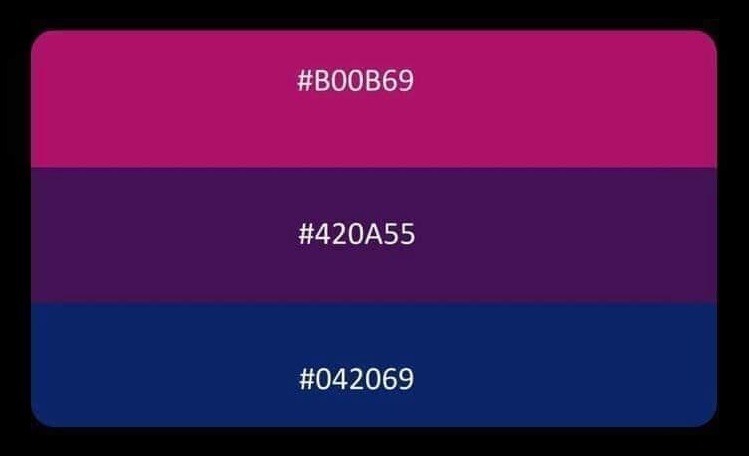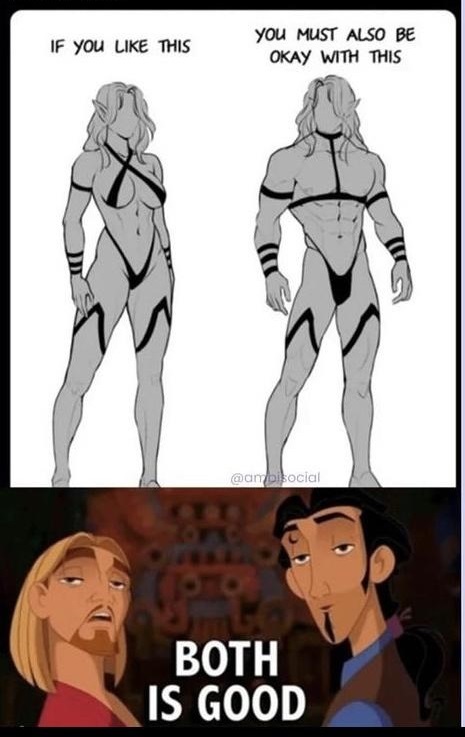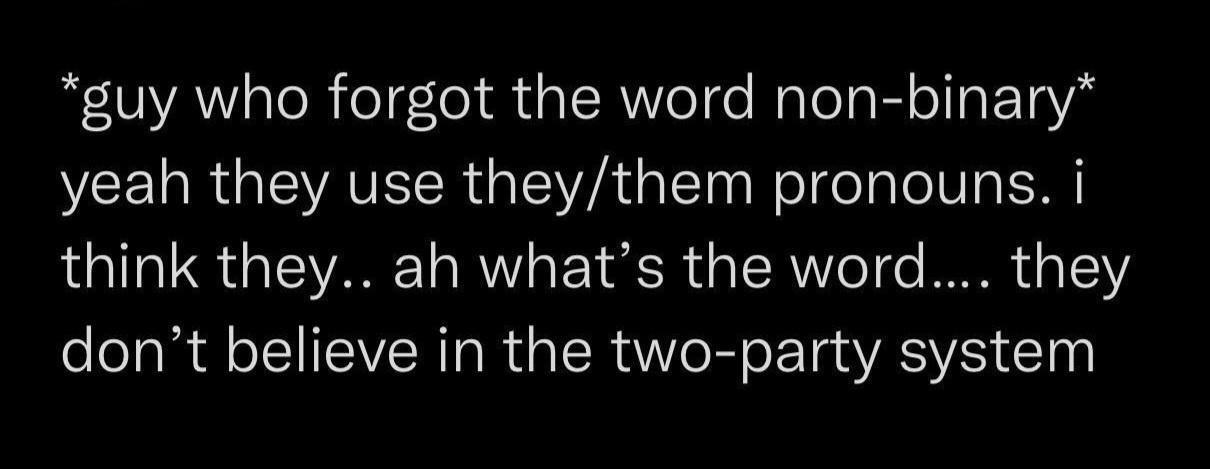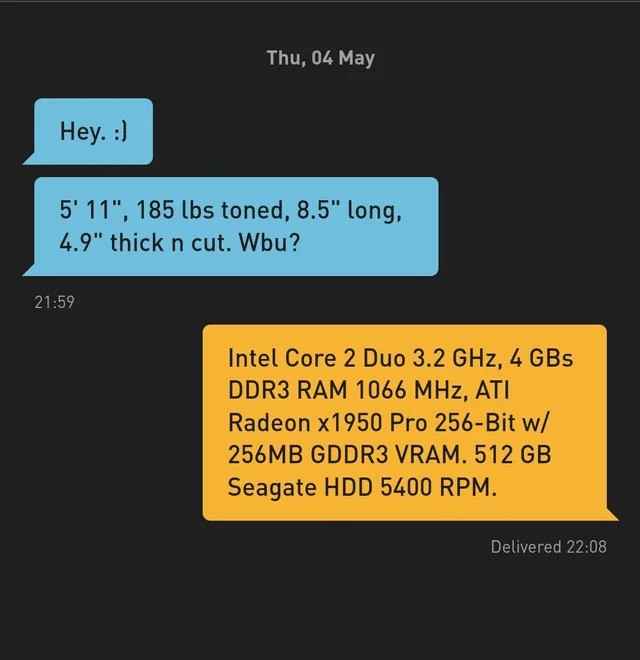Archived version: https://archive.ph/Nfsx0
Ryan and I met working behind the tills in HMV Cork in the winter of 2009. We bonded instantly, and as we are both natural romantics, began the process of myth-making in our friendship while it was still slippery from birth. We moved in together quickly. We began writing a sitcom based on our lives, then got stoned and paranoid about being sued by former co-workers when we became famous. We left long Facebook posts on each other’s walls, quoting the things we said to one another, terrified that our specialness and our closeness would not be noticed or rewarded by the wider world. We wanted them to say: you two really have something here.
We were 19, and we were insufferable. But there was a lot of that kind of thing around. Bright young women and their even brighter gay friends were burning up our screens. There was Will & Grace, of course, and there was Stanford Blatch from Sex and The City. There was Stanley Tucci’s Nigel in The Devil Wears Prada, and Damian in Mean Girls, and Rupert Everett’s George in My Best Friend’s Wedding. We opened Word documents, centre-aligned the text and transcribed ourselves.
Insufferable as we were, it wasn’t incorrect of us to think of our dynamic, the facts of it anyway, as TV-ready. You had to be quick and young and pop-culture obsessed. We were those things. You had to be adventure-ready, slightly fucked-up, and we were that, too. We had no life experiences and no responsibilities and so filled that chasm with plot. Like Friends episodes, we thought of each day of our life together as The One With. The One With The Failed Oscars Party. The One Where We Played Hide and Seek On The Roof. The One Where Each Jilted Our One Night Stands In Order To Eat A Lasagne In An Italian Restaurant at Eleven In The Morning.
Inevitably, the sitcom idea tailed off, and so did the living together. Ryan did a masters degree in Wales, and I moved to London in 2011. I became a writer and while the friendship maintained itself at various distances, it didn’t occur to me to write about Ryan or our relationship again. It wasn’t as if we had no adventures, no plot. If anything, the major movements of our lives still seemed to draw us back together. Ryan moved to London in March 2014; I broke up with my live-in boyfriend in April. Ryan came and filled a black cab with my things – I still didn’t have very many things – and he took me to his house.
“Thank you for coming to get me,” I said, an Anglepoise lamp teetering on my lap in the back of the cab.
“I’ll always come to get you,” he replied and, since then, it’s become a strange mantra of our friendship. He said it to me last Sunday, when he picked me up for brunch. A call and response, a song lyric that I always start and he always finishes.
That day has been a chicken-or-egg question in my head ever since. I know that the boyfriend and I broke up for good reasons. But did I time the break up to go with Ryan’s arrival? Was it just a coincidence? I had no family in the country before Ryan emigrated, no one who would look after me if I needed it. So I put off needing anything until he showed up, and then I needed everything.
The years passed and a cultural resistance grew up around “the gay best friend”. A sense of disgust around Will & Grace, around Stanford Blatch. As much as these characters provided energy and verve to otherwise by-the-book movies, the limitations of the gay best friend became a subject of cultural critique. Who were these homophobic caricatures, and why were they so everywhere?
They provided the heroine with empathy and access to a highly connected underworld of culture, media and whatever else she might need. But their sexuality, their private lives, their wants and desires are unimportant. They dissolve as soon as the heroine leaves the room, or puts the phone down.
As Elliot Page writes in his new memoir, Pageboy, “Hollywood is built on leveraging queerness. Tucking it away when needed, pulling it out when beneficial, while patting themselves on the back.”
The gay best friend was fairly criticised for being an example of both the tuck and pull of queer culture in mainstream media. He could not win: to conservative viewers, he was too much, and to liberal ones, not enough.
While much was written in the intervening years about what this stock character couldn’t give us, there was almost nothing written about what he could. He remained a standby of the sitcom and the romcom, often providing the com in each. But he was virtually invisible in literary fiction, where I was trying to make a name for myself.
Friendship, we’ve decided, is a reliable subject for literary exploration. Female friendship more than anything. From Elena Ferrante’s Neapolitan novels to Zadie Smith’s Swing Time, and The Joy Luck Club to Fried Green Tomatoes, there have always been a great deal of words set aside for women agonising about their relationships with other women. Women are the ones reading the vast majority of novels in the world, after all, and it makes sense that they would want to read about their relationships with one another.
And yet in all the countless literary friendship stories, the relationship between gay men and straight women feels barely touched. It is an entertaining subject enough for comedy, but not for exploration within drama. In our resistance to the gay best friend as a trope, we have skipped over analysing the nuances of the dynamic to begin with. We have decided that this particular kind of relationship is low-rent, and sort of tacky. There will not be a trio of Elena Ferrante novels about it.
I’ve been writing novels for six years, and reading them for far longer. I have learned by now that when there is an absence of stories about a given subject, it is either because it lacks stakes or it lacks an audience. The audience question is a no brainer. Every woman and gay man I know has a relationship in their lives that is a bit like this. Thank you for coming to get me/I will always come to get you.
So let’s talk about stakes. Stories about platonic friendship are always wary on this subject, simply because romantic relationships have the stakes built in. Will they say, “I love you”? Will he propose? Will they both show up to the wedding and, inevitably, will they both stay faithful? Friendship stories have to be more creative. There are no flashy ceremonies built into friendship and you can have as many friends as you like, so fidelity is never a struggle.
And yet when I examine my and Ryan’s relationship, I can see that from its very beginnings, the stakes were enormous. Officially speaking, Ryan was straight. He existed, in 2009, in what I think of as a very Schrödinger’s Cat problem of queerness. It was too dangerous for him to come out and so we existed in a suspended realm of both knowing and not knowing – defending his right to be straight right now if he needed to be straight right now, but also leaving room for the inevitable coming out, later. And while it was understood that we would maintain a mutual delusion of his straightness, we spent all of our spare time having the gayest conversations imaginable.
Perhaps it was this foundational dishonesty that led to the inner world of private jokes and fantasy that quickly grew around us. We were not dowdy students in retail, but darling chat show hosts, Southern belles, old movie stars. We watched Thelma & Louise, The Best Little removedhouse in Texas, Hairspray, Grease, and argued about which one of us was the Geena Davis, which was the Dolly Parton, which the Bad Sandy.
There’s something, I think, in the specifics of the gay man/straight woman dynamic that lends itself to this kind of playtime. Maybe the fact that straight women and gay men, for different reasons, have to present such a variety of masks to the world. She, if she wants a boyfriend, has to tap into the deep feminine well of being both effortlessly beautiful and cheerfully lowkey. If she wants to be beloved by other women, she must approach them with humility and a low profile. “If there are three little girls,” a friend with daughters tells me, “two of them are talking shit about the third.”
For him, the stakes are higher. Particularly in 2009. The pressure of passing is more intense, and if you can’t pass, then to be the kind of gay person who is funny and won’t try anything weird. It’s exhausting. It was designed to be.
What’s more alluring than someone who wants to drop the droopy, gauzy veil of everyday life with you, and instead don the heightened, insane costume of Bette Davis and Joan Crawford in Whatever Happened to Baby Jane?
“But you ARRRR in that chair, Blanche!”
Our house was a nature reserve for state-protected campness, and it needed to be protected from everything that threatened it. Part of my 19-year-old self never wanted Ryan to come out so that I could carry on being the sole receiver of his outsized specialness.
“So you’re writing about your gay best friend?” It is February 2021 and, in the midst of late-pandemic depression, I have come back to the idea of writing about me and Ryan. This is my sixth novel and my first to commit the female writer’s sin of identifiably using my life to inform my fiction. It strikes me, again, that there are things that haven’t been said about how gay men and straight women relate. Suddenly, I can see them everywhere. The Sound of Music was on, again, at Christmas. For the first time I had no interest in Maria or Captain Von Trapp. I was looking at the Baroness and Max.
Baroness Elsa von Schraeder, you will remember, has been the long-time lover of Captain Von Trapp and spends the entire film walking the high-wire act that the widower sets out for her. She must be the graceful, beautiful aristocrat he fell in love with in Vienna, but must also morph on command into a warm, domestic mother figure to seven children. It’s an impossible task, especially when Julie Andrews is right there, but we see her try anyway. And only once does she let her mask slip.
And it’s with Max. Uncle Max, who is no one’s brother. Uncle Max who has a pencil moustache and works in showbiz in the 1930s. “Tell me everything,” he urges, when they’re alone. “Come on. Tell me every teensy-weensy, intimate, disgusting detail.”
“Well, let’s just say,” the Baroness eventually confesses. “I have a feeling I may be here on approval.”
“How can you miss?”
“Far too easily.”
He regards her. “If I know you, darling, and I do – you’ll find a way.”
There’s a tone here, something that feels fabulous and correct: the unknowable woman turning to someone who really wants to know her. And not just on a surface level, not just the nice parts. He wants, as he says, every teensy-weensy, intimate, disgusting detail. It all adds up to the same conclusion: you are safe. You are safe to be yourself with me.
So here it was: everything I was interested in, in a film that everyone has seen, that somehow held a dynamic no one had talked about.
“So you’re writing about your gay best friend? Does he know? Is he OK with it?”
We talk every day while I’m writing the book; I send him chapter by chapter. I keep asking if he is OK with it. He says he is. In fact, he is more than OK. Because this was the deal, wasn’t it? When we met almost 15 years ago it was implicit that our role in one another’s lives was to make life itself more special. We were two kids in a small Irish city and nobody else was going to make us feel famous, if not each other. That’s why we wrote failed TV shows; why we cast one another as Joan Crawford and Bette Davis; why we named our adventures, on top of living them.
Last April, we went to Denmark together, on a whim. Now that we both live with our partners, short trips abroad are our favourite way to re-access our original dynamic. Two stupid kids, confused and excited by everything. We found ourselves in a tattoo parlour and, in a giggling sweep of hungover hormones, got matching True Romance tattoos. You know the film. The Bonnie-and-Clyde story about the prostitute and the comic-book nerd who fall in love, steal a suitcase of cocaine, and drive to Mexico with the money.
The book, which is now a bestseller, turned out to be my suitcase full of cocaine. And here’s the kicker: they really do want to make a television show about it. The 19-year-olds in 2009 were right, after all. Those two really had something, there.






